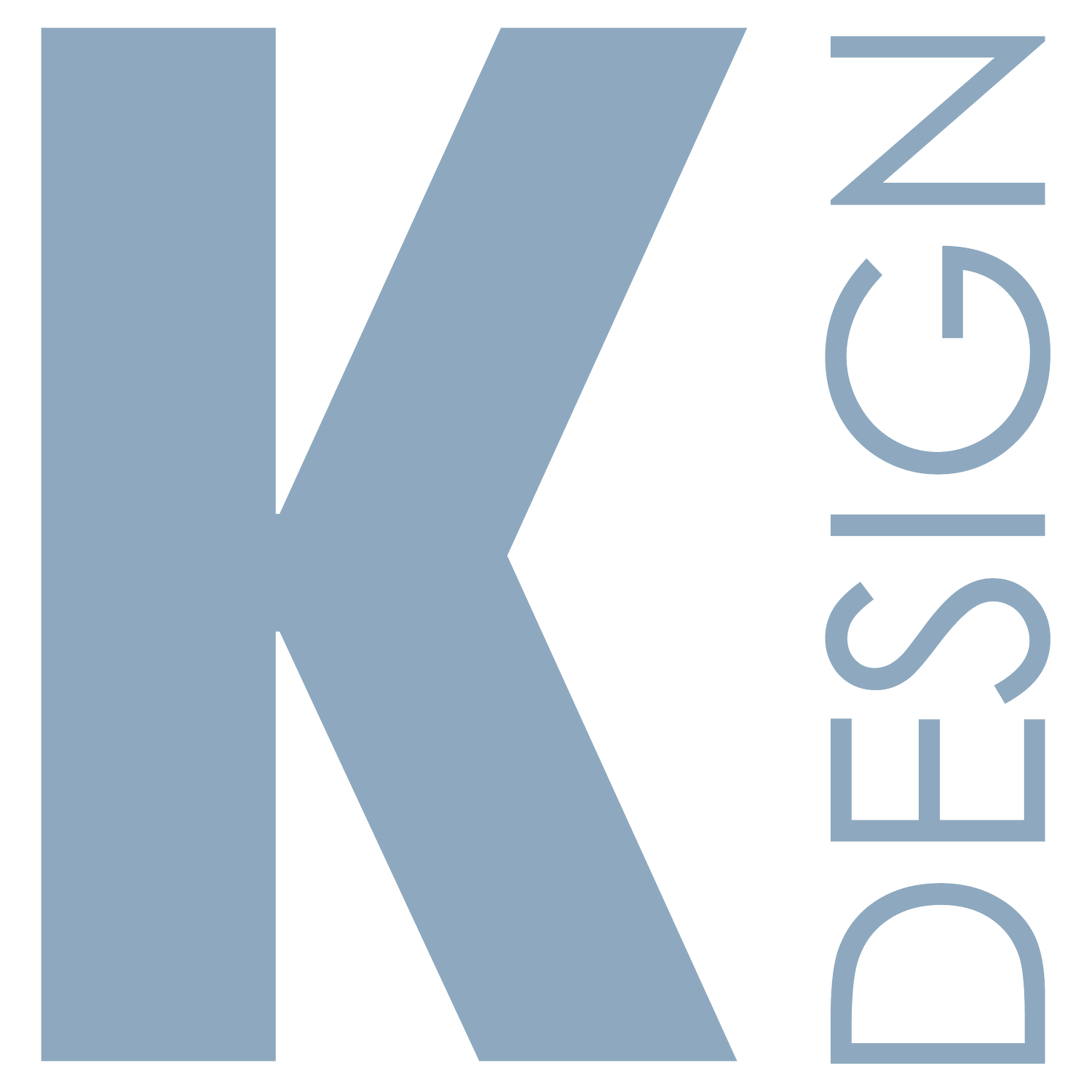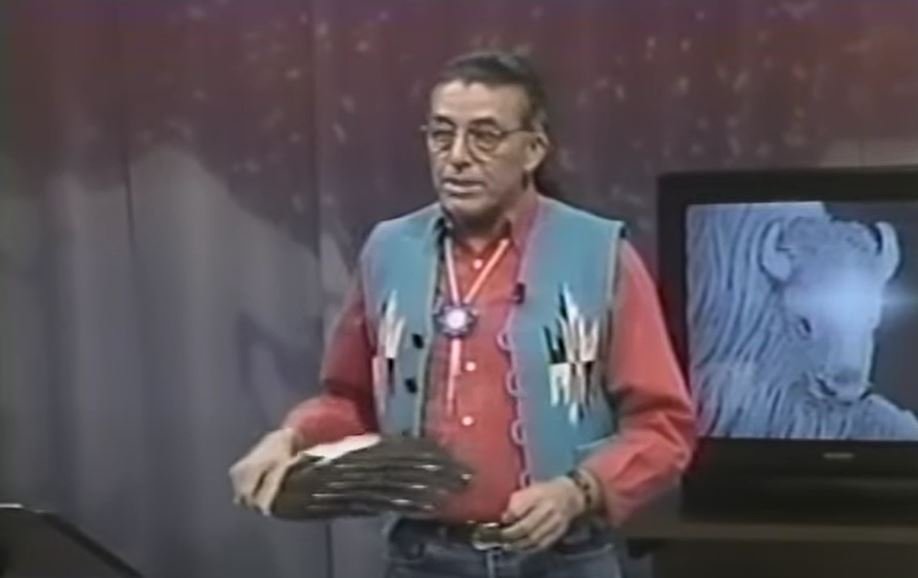
Native-Veteran Support Circle
Role: UX Designer
Team: 1 UI Designer, 1 Native Designer Consultant
User Research, Expert Interviews, Trauma-Informed Design, UI/UX, Concept Design, Service Design, Prototyping
The problem
Veterans can feel isolated, lost, and helpless when they return to home - if a home still exists for them. Returning to society can be very difficult when also navigating the assistance they may need from various resources. This leads to high rates of substance abuse and suicide, particularly in the Native Veteran population.
67% of suicides can be reduced with access to mental health care services, according to Televëda’s research.
Televeda wanted to make an impact towards reducing suicide rates. Read about the grant whhich funded the design and development of this project here.
Design Goal:
Design a virtual support group with traditional storytelling principles to reduce suicide by military veterans on the Navajo Nation.
Users and Stakeholders
Cultural Research
Along with literature review guided by Televeda, our cultural consultant, Brittany Gene, helped the team become culturally aware and understand the added layers of complexity that the Navajo audience was experiencing in their struggle to return home after their service.
Felt disowned by their family and tribe members. This led them to feel lost as their clanship was a large part of their identity.
Experience issues with Veteran Affairs such as:
inhumane treatment
difficulty navigating resources
Did not identify as “heroes”, but rather felt ashamed
Furthermore, each tribe is unique. There are 547 federally recognized tribes, which doesn’t include the tribes that remain unrecognized! Many have experienced improper portrayals and use of their culture, including but not limited to mascotting, costuming, and tropes.
Ethnographic Research
I attended multiple virtual talking circle events, including native and non-native ones to understand their structure and functionality. I learned so much from attending and saw the need for a better virtual circle experience.
I was able to map out a typical talking circle agenda and pinpoint key features and characteristics.
Circle Agenda
Confidentiality: “What is shared in the circle stays in the circle”
Intimate Sharing: Groups were usually 5- 10 people for the best experience
Rounds: The support circle could have multiple rounds of discussion and sometimes ended with a questions or gratitude round.
Attendee Journey Map
Network Access
About 30% of native veterans live or are located on the res at some point. This was 30% of the population that we had to design and account for. Because of time constraints, we could not implement a Audio- Default “call-in” feature in the first design round, but I made it very clear that it was absolutely necessary to implement this feature in the future.
UX flows
Psychiatrist Insight
During an expert interview with Dr. Bhupin Butaney, I expressed my concerns regarding the training and qualifications necessary for facilitators to maintain transcripts and identify attendees as "At-Risk." Dr. Butaney validated these concerns, and the Televeda team and I acknowledged that we were blurring the line between a virtual support group and clinical services.
Transcriptions did not align with our product goal and therefore were removed. I redesigned the identification feature into the “Flag Attendee” feature. This feature no longer required clinical training. If the facilitator/host had a concern, they could flag someone, which then became a responsibility of the organization to reach out.
“If you have a concern about someone, you need to connect them to a clinical space. There must be a process for this.”
Design System
Televeda already had Brand Guidelines but we made sure to update them to meet WCAG Accessibility standards.
The UI designer and I worked together to create a culturally relevant design style.
For the talking tokens, I made the decision of including 4: a seashell, stone, branch, and feather. This gave options to the many existing tribes.
Final Design
Signing Up for Veteran Talking Circle session
Setting Up to Join
The Facilitator is responsible for admitting participants and selecting the virtual token and direction in which the circle will run.
Once the circle is full, the facilitator enters the first prompt for the participants to speak on. Groups can do as many circle rounds as they need for their session goals.
Only the facilitator to pass the token to the next person in order to maintain control of time and reduce the burden on participants.
Participants are given cues before, during, and after the token is passed so there is no confusion on whose turn it is.
To ensure there is time for everyone to share, the facilitator can nudge a participant which they see in the form of a gentle sand timer. This feature does NOT cut off the speaker, but rather serves as a soft cue to reach a stopping point.
To add a sense of connection despite being virtual, participants can click on other participants to see if they share ancestry - all while keeping anonymous preferences.
At the end, participants get to provide feedback and are reminded that there are resources for them.
The facilitator also has a survey portion where they can review and add extra information about the participants that they flagged for assitance from a professional.
Business Impact
In the summer 2024, Televeda launched a Talking Circles pilot with the Navajo Nation Veterans Administration concurrently with the launch of their VTC web-app on the Televeda platform. Since launch, Televeda has seen encouraging feedback from VTC users and promising engagement from additional Veteran sub-populations, such as Women Veterans, with their VTC-based program offerings (e.g., Military Sexual Trauma support group).Learn more here.
VTC is held weekly for multiple televeda clients. Televeda continues to learn and expand the program and plans to setup a computer lending program for Native Americans.
Recognition: Mission Daybreak Grand Challenge winner
Testimonials
“Our virtual women veterans peer support group through Televeda runs every Thursday evening. We have had women from Navajo county, Apache county, homebound veterans who otherwise would not be able to meet, connect with other women veterans and share.”
“Hosting these virtual sessions with Televeda have been inspiring. One attendee is disabled/homebound and she shared that after attending the group last week and getting support/connecting, she felt excited all week to get up in the morning and get out of bed! She said this group is something to look forward to.”






































